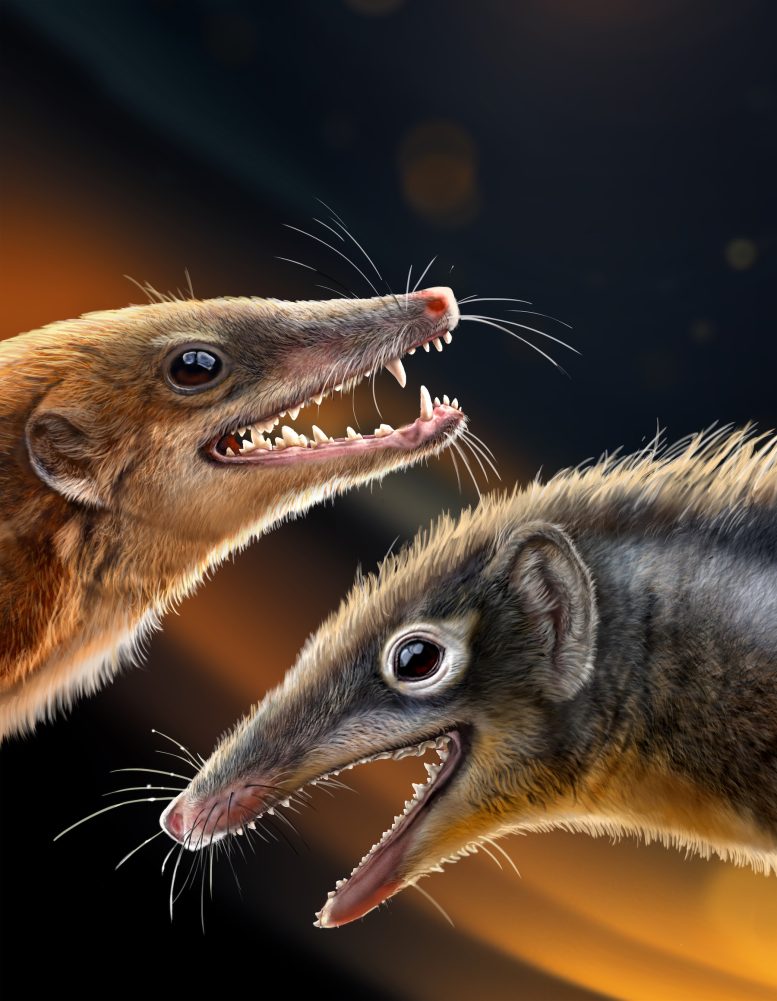
New research on Jurassic mammaliaforms from China reveals crucial evolutionary developments in dental structures and mandibular middle ears, shedding light on the transition from reptilian to mammalian features and enhancing our understanding of mammalian evolution. Reconstruction of Feredocodon chowi (right) and Dianoconodon youngi (left). Credit: IVPP
Mammaliaforms encompass both living and extinct species that share a close relationship with mammals. Research on mammaliaforms aids scientists in deciphering the evolutionary developments responsible for various mammalian features.
In two consecutive studies in Nature, Dr. Mao Fangyuan and Dr. Zhang Chi from the Institute of Vertebrate Paleontology and Paleoanthropology (IVPP) of the Chinese Academy of Sciences, together with colleagues from Australia and the United States, recently reported two Jurassic mammaliaforms from China, revealing the earliest dental diversification, mandibular middle ears, and articular-quadrate joint transformation of mammaliaforms.
The studies provide key information about the evolutionary shift from reptilian jaw bones to early mammalian middle ear ossicles, presenting new perspectives on the early diversity of mammaliaforms and reshaping the early mammalian phylogeny.
Shuotheriids and Dental Evolution
Shuotheriids were Jurassic mammaliaforms with pseudotribosphenic molars that featured a “pseudotalonid” (a basin-like structure) in front of the trigonid in the lower molars. In contrast, molars in living mammals feature a tribosphenic pattern where the talonid is located behind the trigonid and “receives,” i.e., interlocks with, the protocone of the upper molar for food processing/mastication.
Traditionally, shuotheriids have been phylogenetically grouped with “australosphenidans” (including the living monotremes), but this relationship is controversial and leaves some puzzling morphological, paleogeographical, and functional issues unexplained in mammalian forms.
In the first paper, the researchers examined two specimens from the Middle Jurassic Daohugou locality in Inner Mongolia and established a new genus and species of shuotheriid, Feredocodon chowi.
Based on the evidence of the complete dentitions, occlusal relationships, and the serial homology of the teeth, the researchers proposed a new interpretation: The pseudotribosphenic molars are actually homologous to the molar pattern of docodontans.
The results of phylogenetic analyses reconstructed from the revised dental characters suggest that a Morganucodon-like ancestor independently gave rise to three major groups of mammaliaforms: Docodontiformes (Docodonta and Shuotheridia), Allotheria, and Holotheria (symmetrodontans, therians, and kin). The key feature of the tooth evolution in early mammaliaforms is that the molars, which arose from the ancestral triconodont pattern as in Morganucodon, became broader and more complex to accommodate more efficient food processing. However, the evolutionary processes of the three groups took place in different directions.
Mandibular Middle Ears Evolution
In the second paper, the researchers reported the mandibular middle ears (MdME) of two species—one being the shuotheriid Feredocodon described above and the other being a Morganucodon-like animal from the Early Jurassic Lufeng Biota, named Dianoconodon youngi.
The two species showed some new morphological features that support the evolutionary shift from jaw joint bones to middle ear ossicles in early mammals. The mandibular features suggest that one of the dual jaw joints in the ancestral Morganucodon, the articular-quadrate joint, lost its load-bearing function in Dianoconodon, while the mandibular middle ear was better adapted for hearing. The postdentary bones of the shuotheriid species are more advanced, showing characteristics suitable for a purely auditory function.
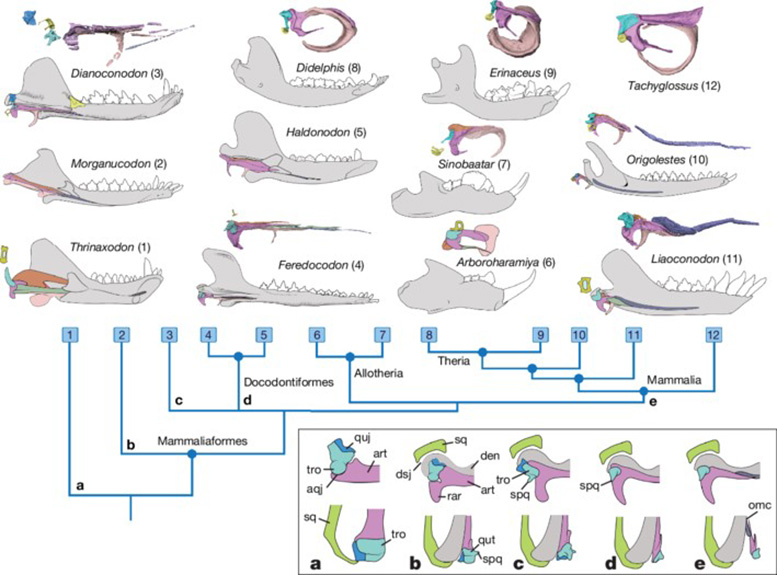
Mandibular middle ears and transformation of the articular-quadrate joints in mammaliaforms. Credit: IVPP
The new evidence provides insight into how the ossified Meckel’s cartilage functioned as a stabilizing mechanism and reveals that the medial displacement of the quadrate relative to the articular bone played a critical role in the transformation from a load-bearing jaw joint to the middle ear structures.
This research strongly supports and enhances the view that the gradual evolution of the mammalian middle ear is a classic example of vertebrate evolution.
Feredocodon chowi and Dianoconodon youngi are named in honor of Professors Minchen Chow (Zhou Minchen) and Chung-Chien Young (Yang Zhongjian), respectively.
References: “Jurassic shuotheriids show earliest dental diversification of mammaliaforms” by Fangyuan Mao, Zhiyu Li, Zhili Wang, Chi Zhang, Thomas Rich, Patricia Vickers-Rich and Jin Meng, 3 April 2024, Nature.
DOI: 10.1038/s41586-024-07258-7
“Fossils document evolutionary changes of jaw joint to mammalian middle ear” by Fangyuan Mao, Chi Zhang, Jicheng Ren, Tao Wang, Guofu Wang, Fakui Zhang, Thomas Rich, Patricia Vickers-Rich and Jin Meng, 3 April 2024, Nature.
DOI: 10.1038/s41586-024-07235-0
These studies were supported by the National Natural Science Foundation of China and the Youth Innovation Promotion Association of CAS.

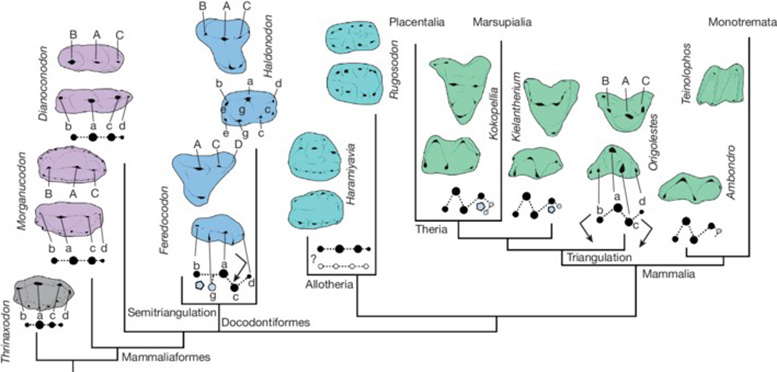
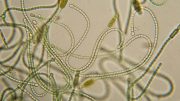




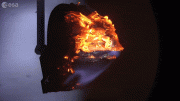
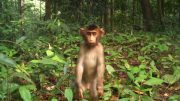

Be the first to comment on "Evolutionary Puzzle Solved? New Species Challenge Mammal Ancestry Theories"